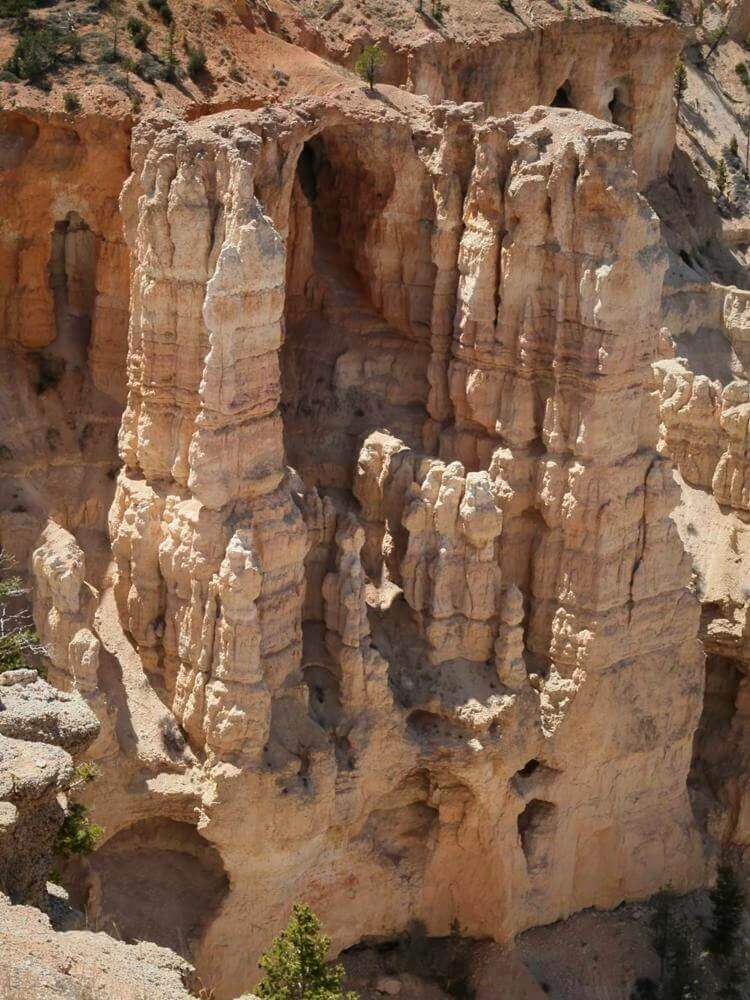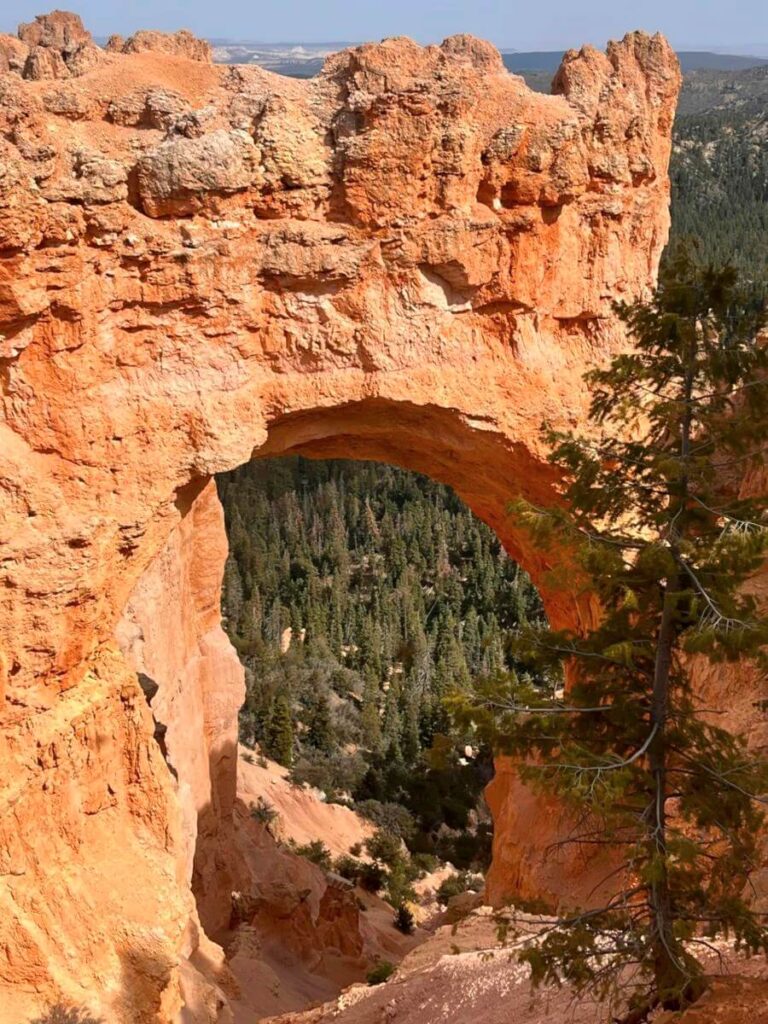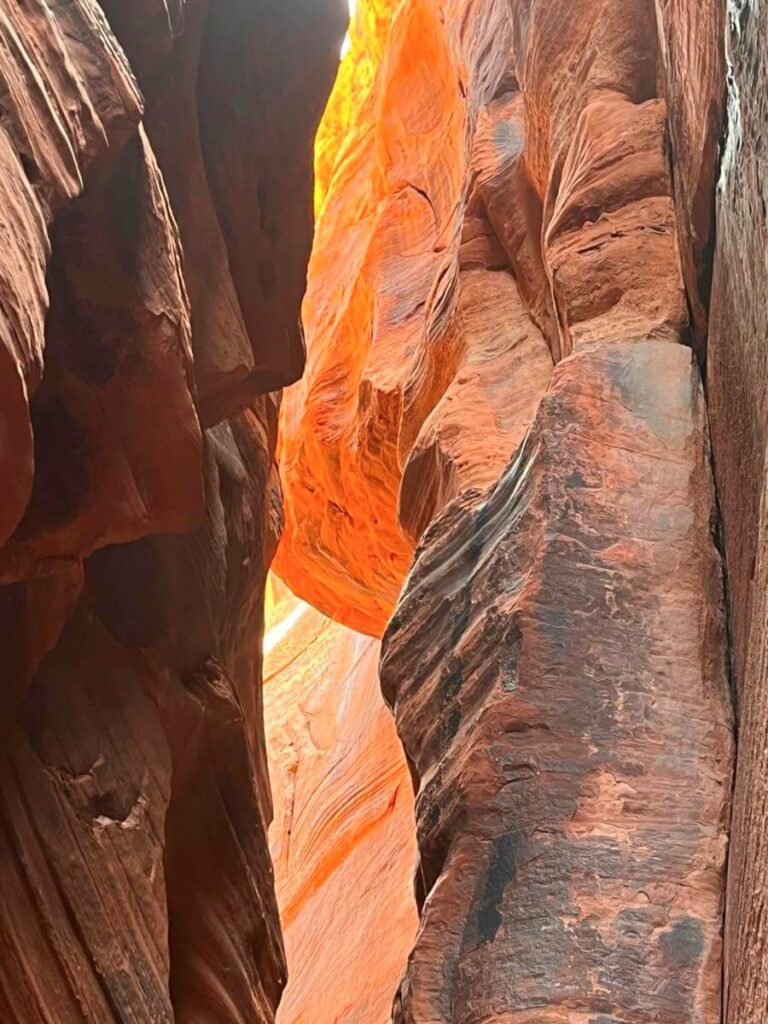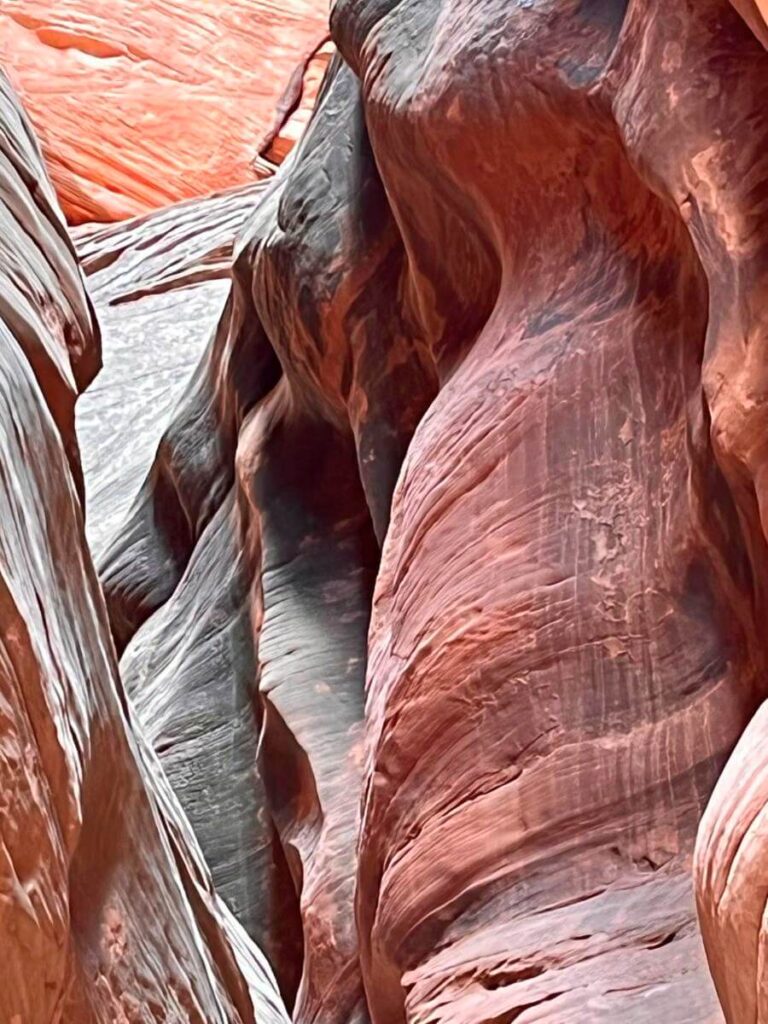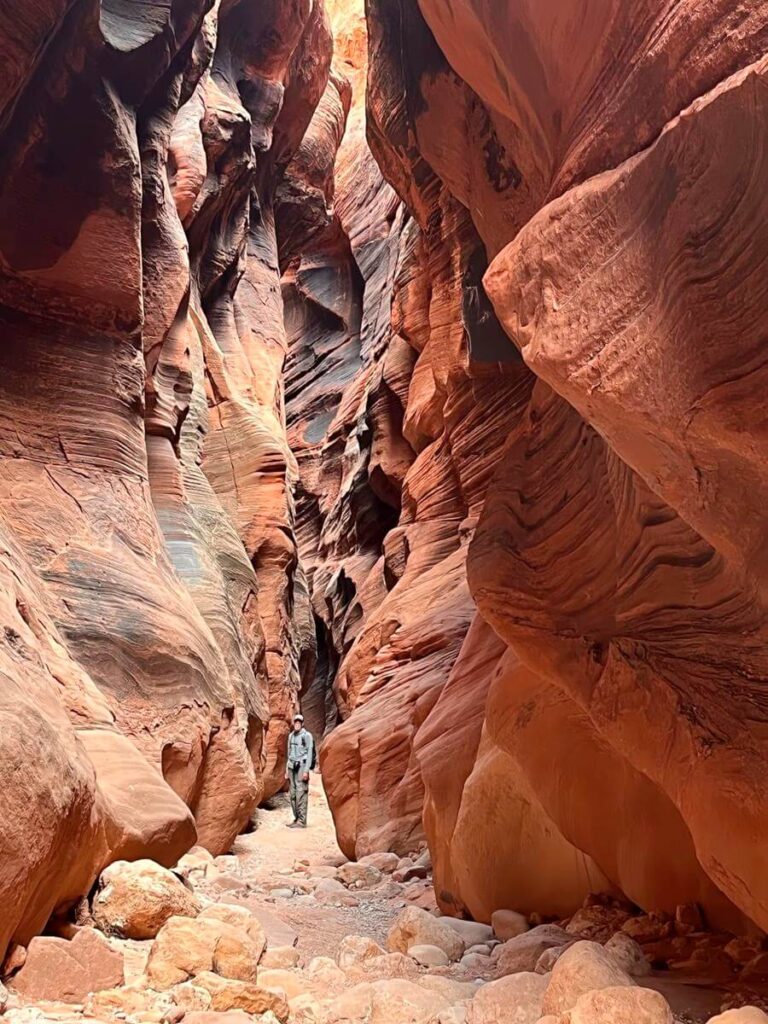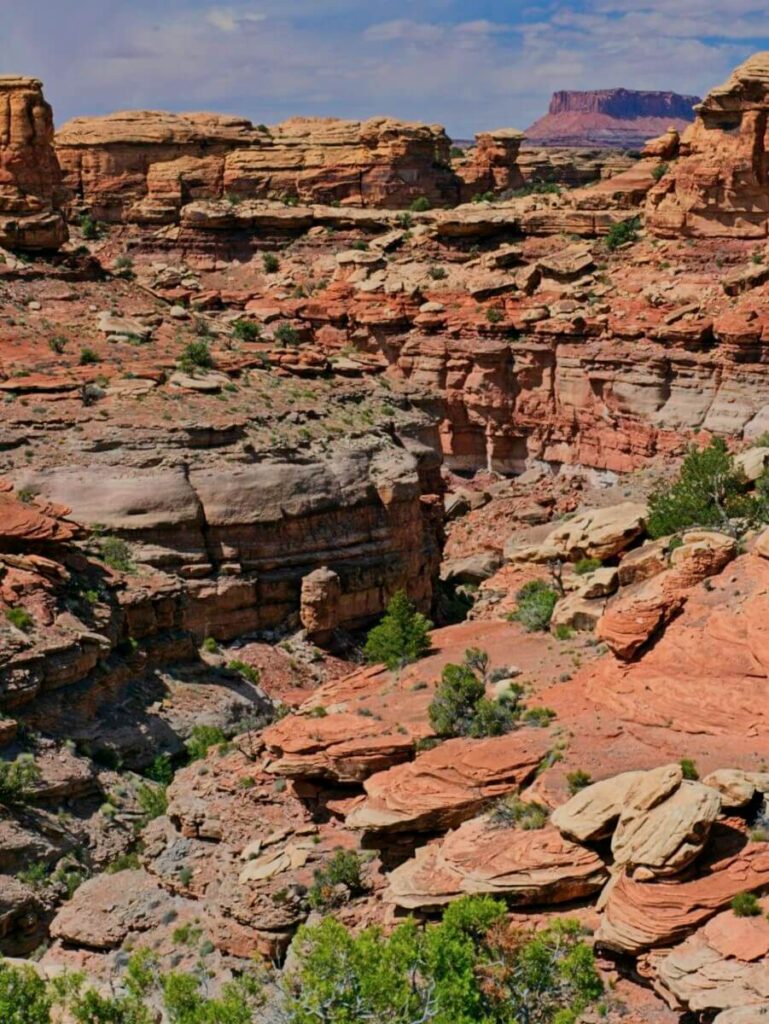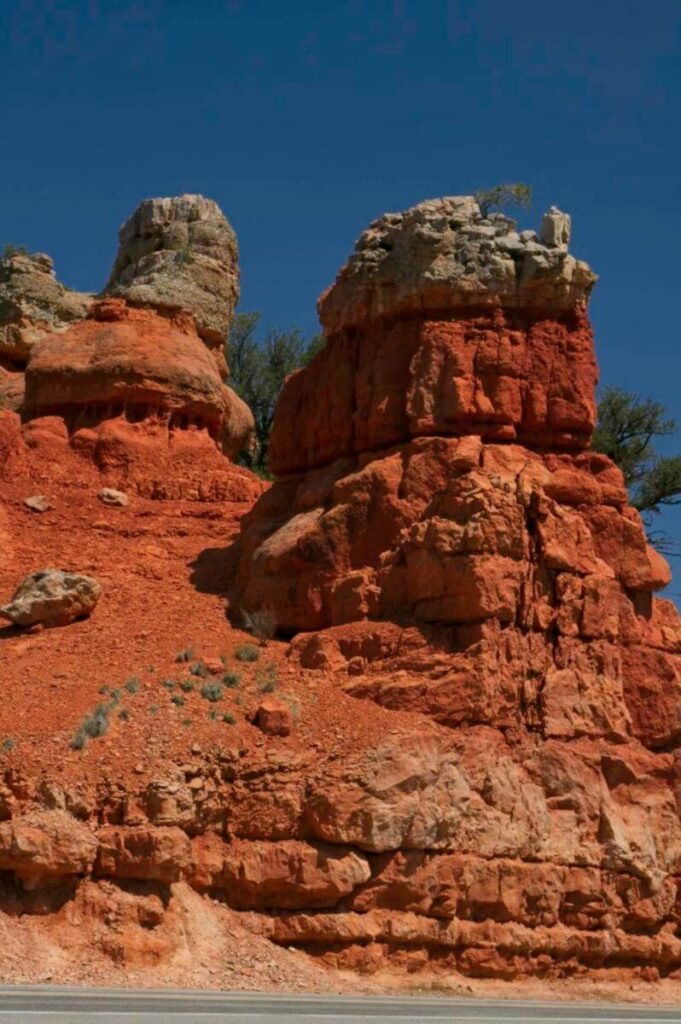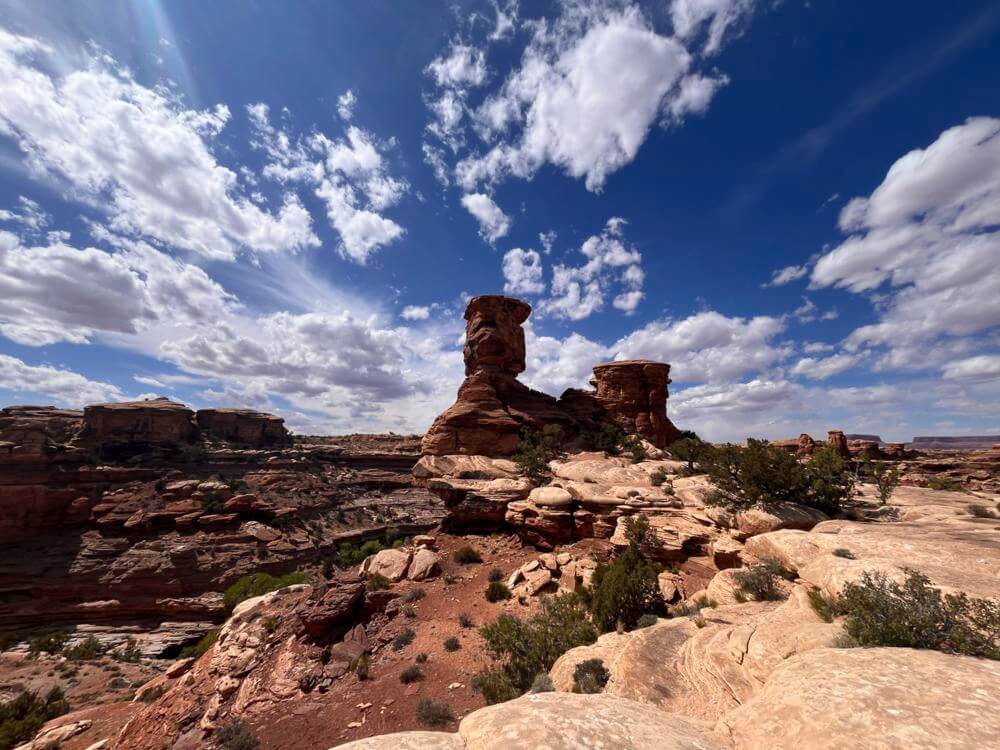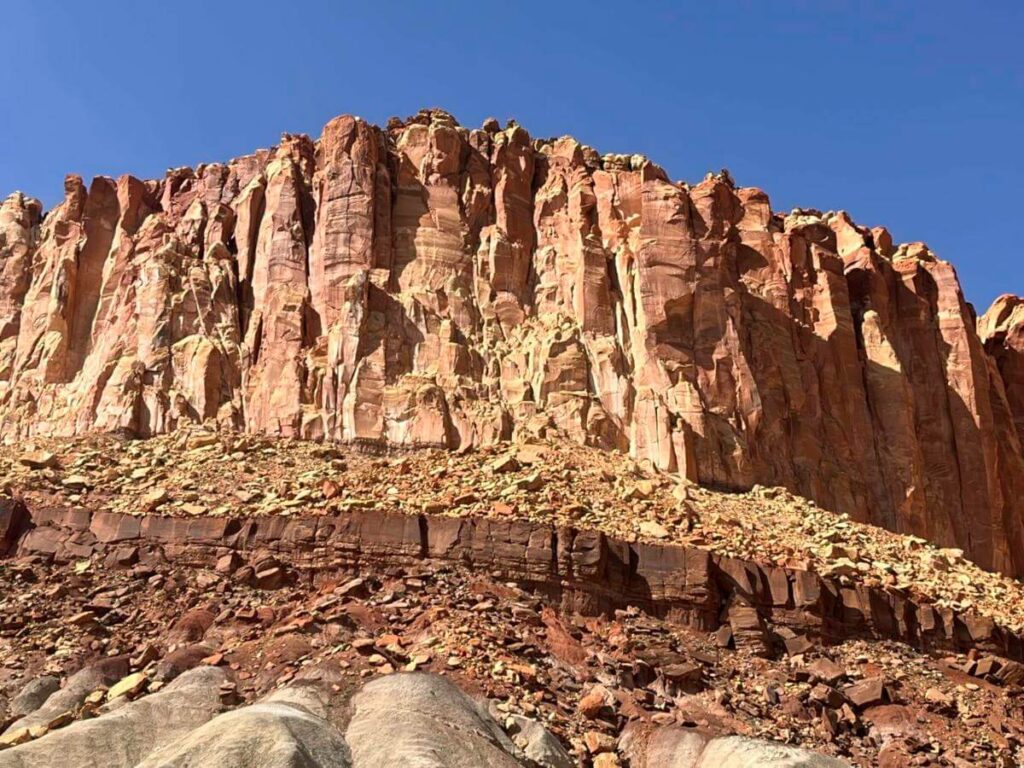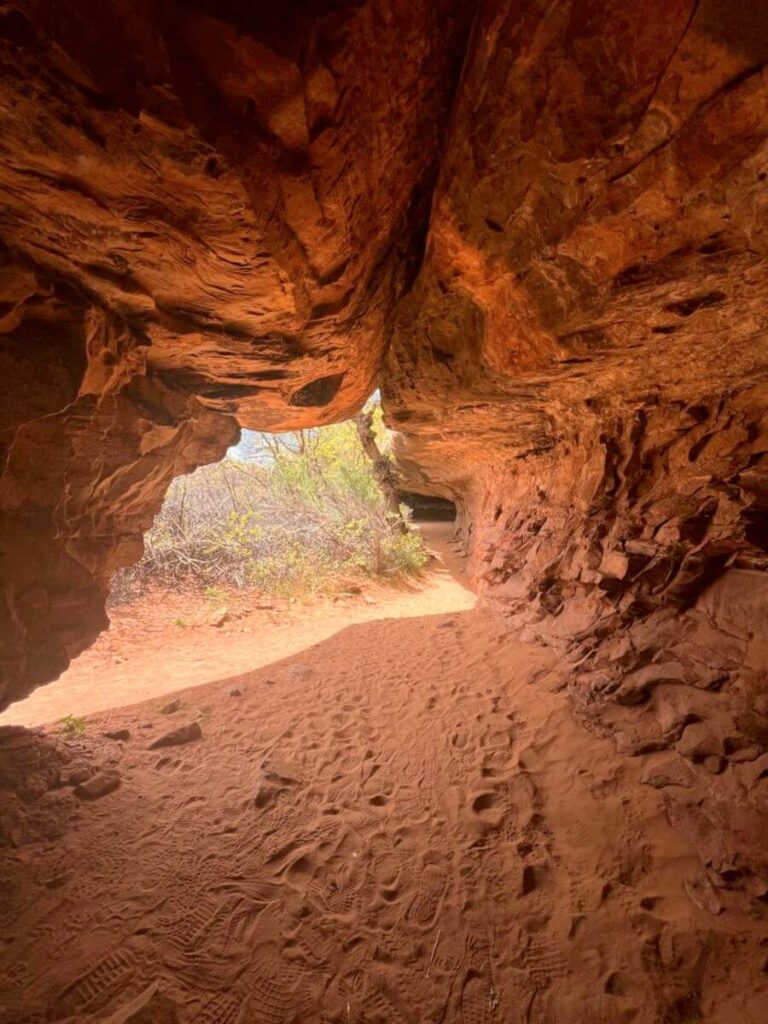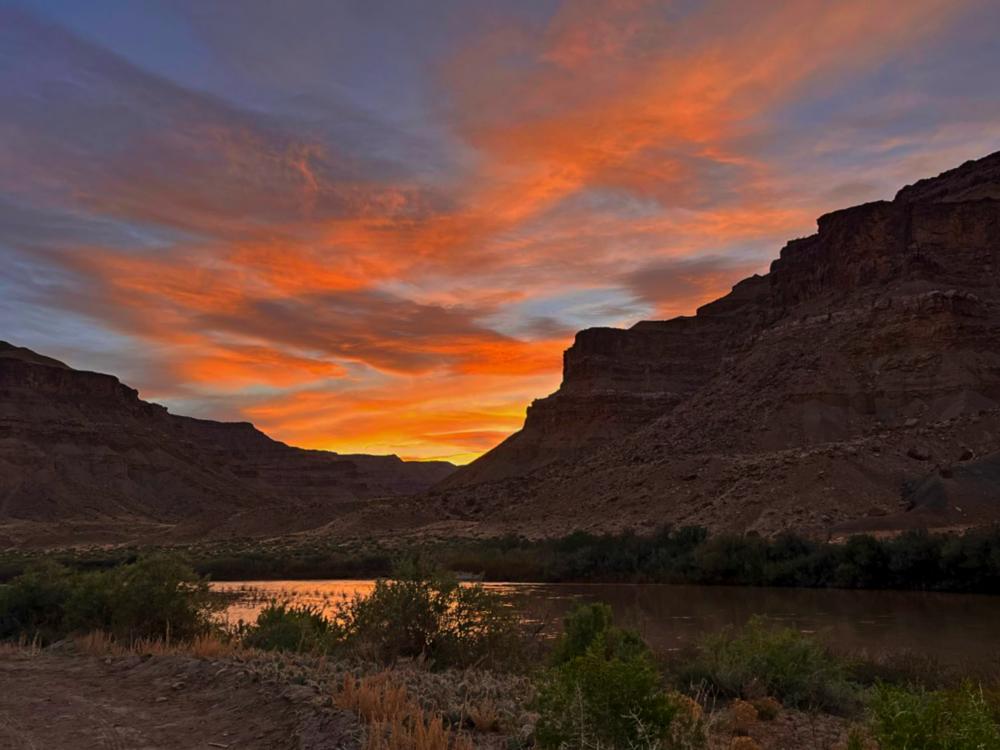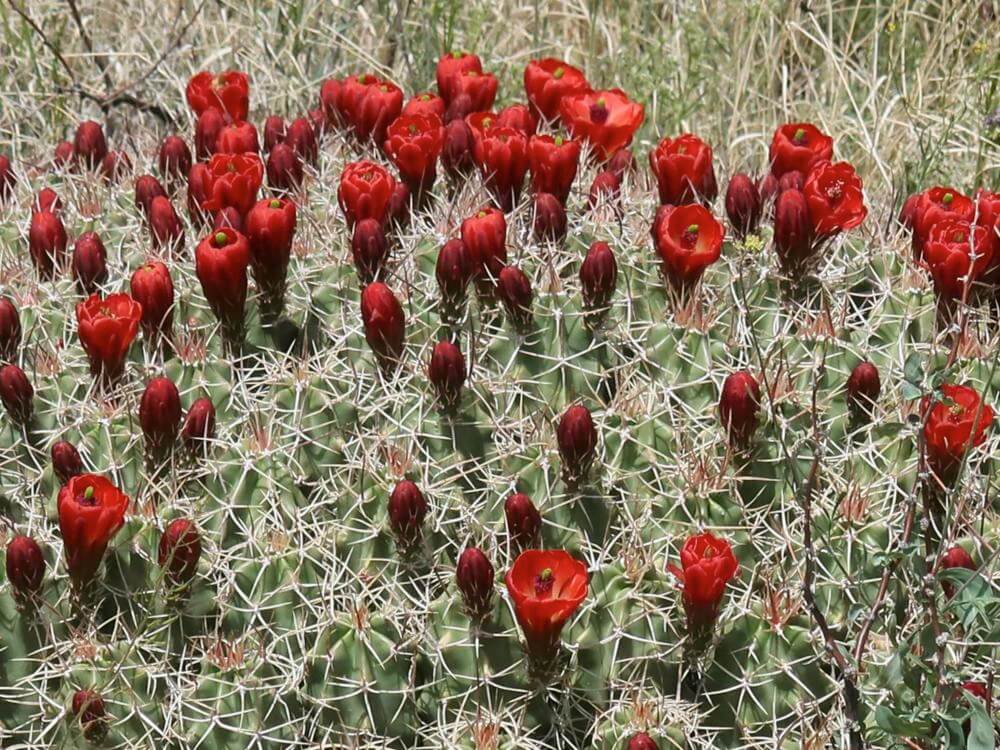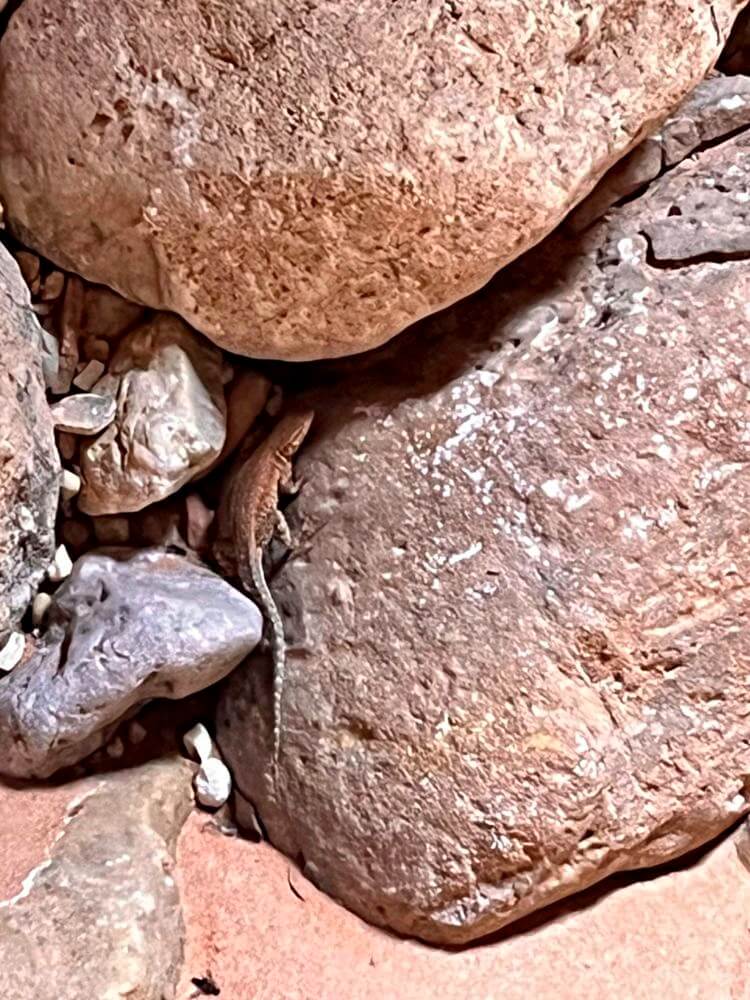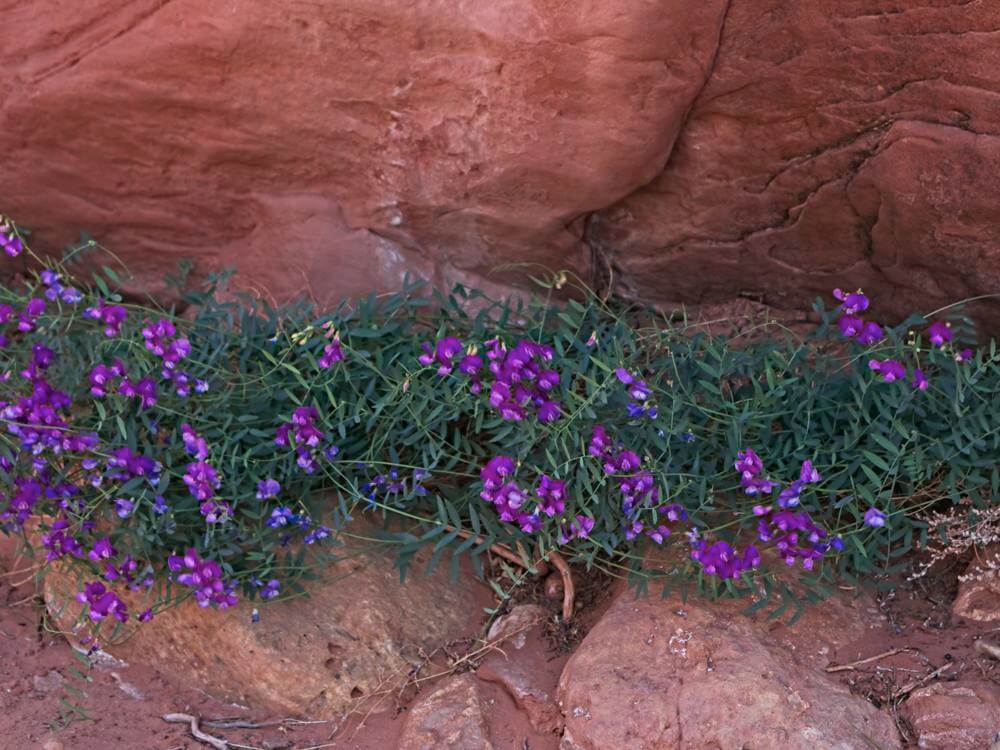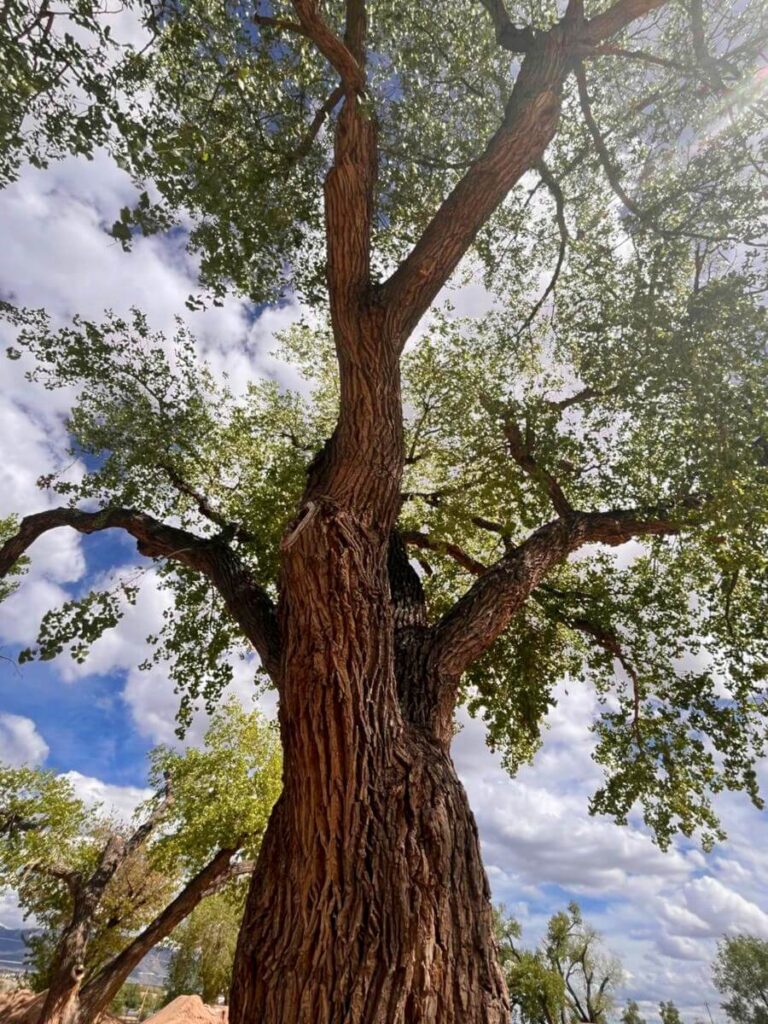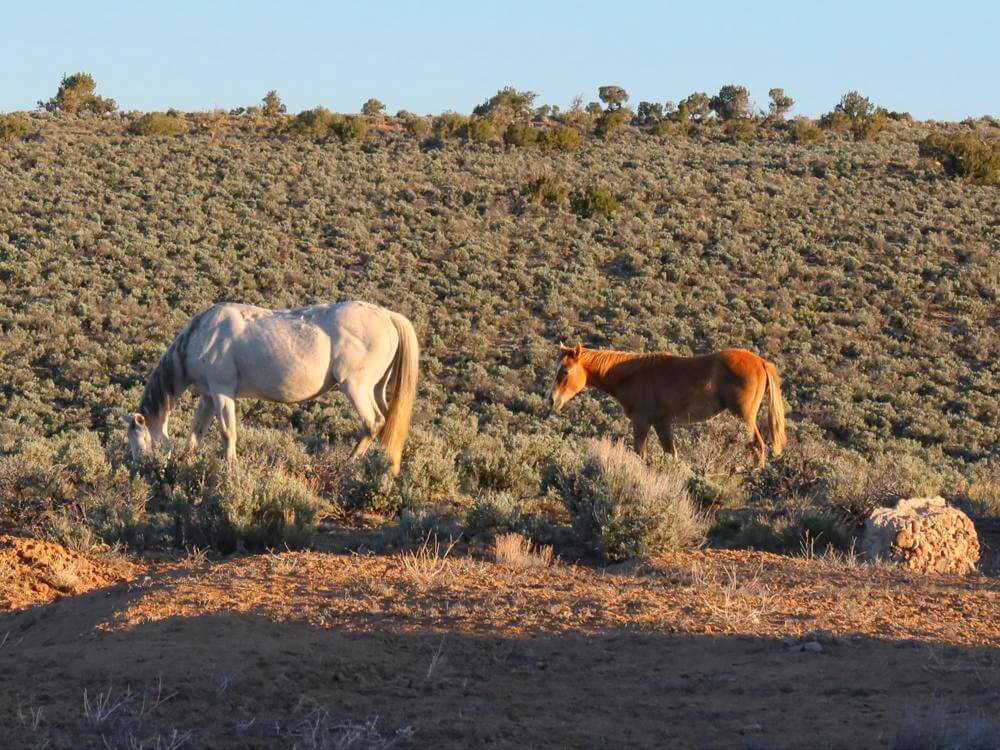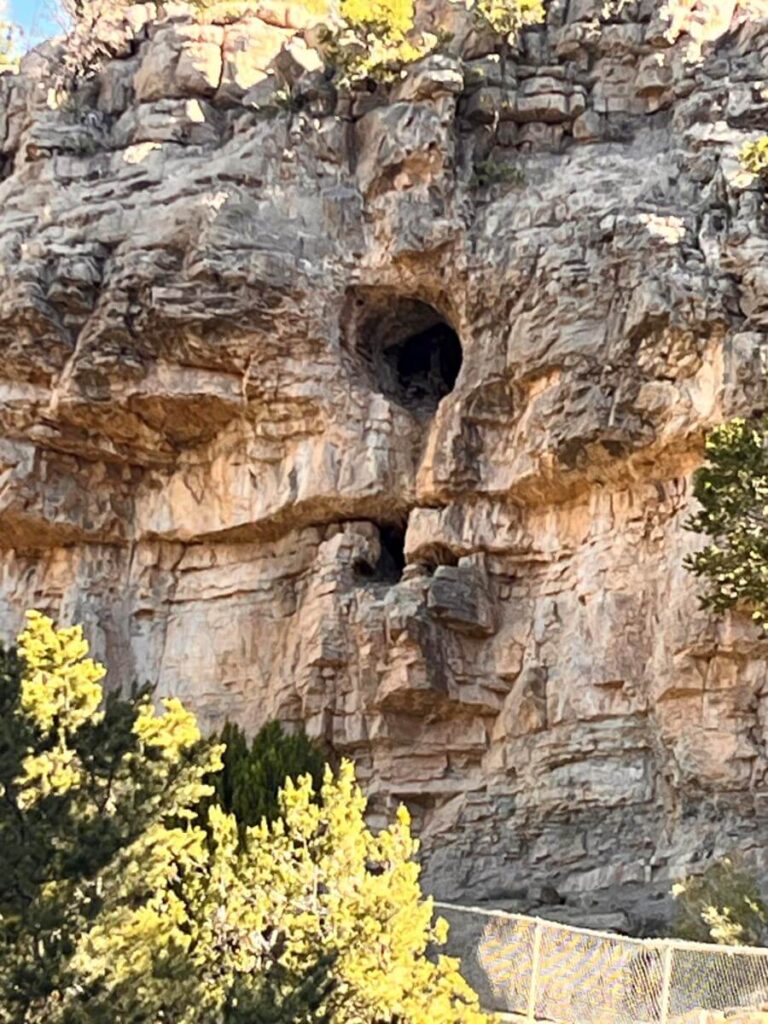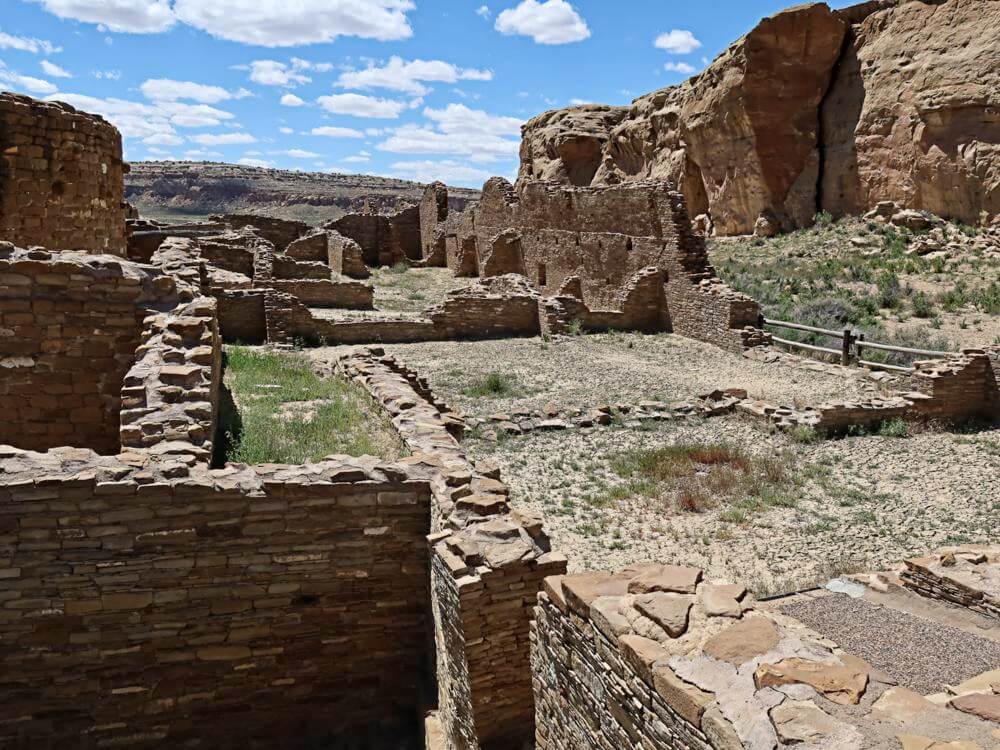Some images from our trip to the Southwest “Four Corners” and back to Washington State in April 2024. Such a different landscape from the Pacific Northwest, which is commonly shrouded in blankets of mosses and fog! Here live the bold colors of the sunrises and sunsets – oranges, reds, yellows, pinks – where the wind and rain have sculpted hard rock into fluid shapes – and where ancient people, plants, and animals have survived for thousands of years in ways we are still trying to understand. It is a mysterious land.
Plants and Animals
How does anything live here? Late April and early May was definitely an ideal time to see flowers, birds, bees, butterflies, and wild horses. Being a gardener, I am always curious about how different plants and animals live and support one another, especially in such a harsh environment where everything is so bone dry (except when it is not) or spiky with thorns or poisons … and yet … here they are, showing us just what it means to be strong and resilient. Amazing.

The Chaco Canyon National Heritage Park
One of the many highlights of this trip: Chaco Canyon. This major center for the Puebloan people to gather, trade, and share, is truly an extraordinary site. Although many of the buildings in this area were built from 850 – 1150 CE, evidence of early hunting and dwelling goes back ~3000 years and longer. Archaeologists have dated evidence of pre-Clovis people, along with the bones of saber-toothed tigers and mastodons, in the region some 30,000 years ago.
(Note: The cave in the first photo is not located in Chaco Canyon, but at another location in NM. Evidence of fire, handmade shoes, and spearpoints in mastodon bones were found in nearby locations.)
To now walk on the same paths and imagine what it might have been like to live in a cave — or to trade chocolate, turquoise, and pottery with people from hundreds of miles away at the bustling Chaco center of commerce — and to now look across the land and watch the shadows change on the cliffsides at sunset, much as people must have done 3,000 or even 30,000 years ago … a humbling experience.
Horse Thief Camp
I would like to put a word in here for Wayne & Yolanda and the Horse Thief Camp, located on the road to Chaco Canyon, at the point where it turns to gravel. If you are towing a camper, this is a safe place to stash it while you go explore Chaco, because the road to get there is a lot of washboard gravel and occasional washouts, impassable at times even for big rigs. One can register and get directions to Horse Thief via Hip Camp, but we lost Internet, showed up on site without reservations, and just paid directly.
Horse Thief Camp is nothing fancy — a flat space beneath the stars — wake up to a gorgeous sunrise and wild horses in your backyard — a place with few if any people around. To us, that was perfect.
But what made it truly outstanding was the host, Wayne, who came from his ranch to greet us at the site and make sure we had what we needed. Of Diné/Navajo descent (Diné, meaning The People, which was their name before white people called them Navajo), he shared with us a bit about the changes, the stories of his ancestors, how he came back home to help his parents and was now managing the farm and trying to make things work. It is not easy. The land no longer gets enough rain to raise cattle or crops. Corporations have purchased all the water rights, and he is now having to jump through hoops to try to get access to the water that has always been there for his people. To look at a map, who owns what these days is a patchwork – or “checkerboard” – as the land has been divided into pieces of federal and state land and areas owned by assorted industry and private individuals, depending on who wants to claim the resources. Designated tribal land is disconnected, which must seem so broken to them on so many levels. Wayne quietly explained the situation to us rather matter-of-factly, without showing anger, and focused more on what he wants for the future. The campground will help pay for basic needs and facilities. He showed us the hogan he is building, with the door facing east in the traditional way. A stove in the center of the room vents through the ceiling and provides a place for visitors to stay warm through the cold winter nights in the high desert or to take refuge from passing thunderstorms.
Sure, we could have paid less money to camp in a crowded parking lot on sacred land now managed by a federal agency, which now requires an entrance fee and is only open between certain hours; or we could pay a little more to support an actual tribal person trying to make ends meet in this modern world. Despite the daily reminders of a horrific history – where he drives past the rubble of stone fireplaces of homes from his village that were burned to the ground by white people – he remains gracious, welcoming, and willing to share with us his story, his hopes and dreams. He returned later that evening to bring me a “wild carrot,” a traditional root eaten and used for medicine by his ancestors. I believe it is also known as Biscuitroot? A Lomatium species with pinkish instead of yellow flowers? Somehow he knew I was a plant person. I was profoundly touched. I wrapped it carefully in a damp napkin and brought it home and planted it.
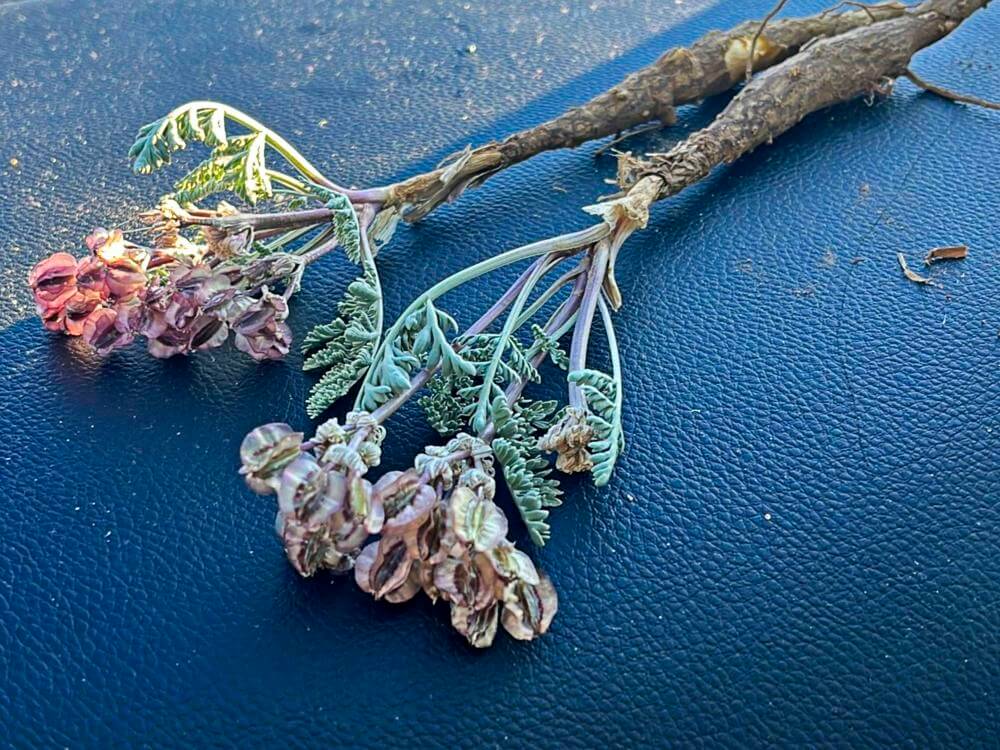
Happy Travels
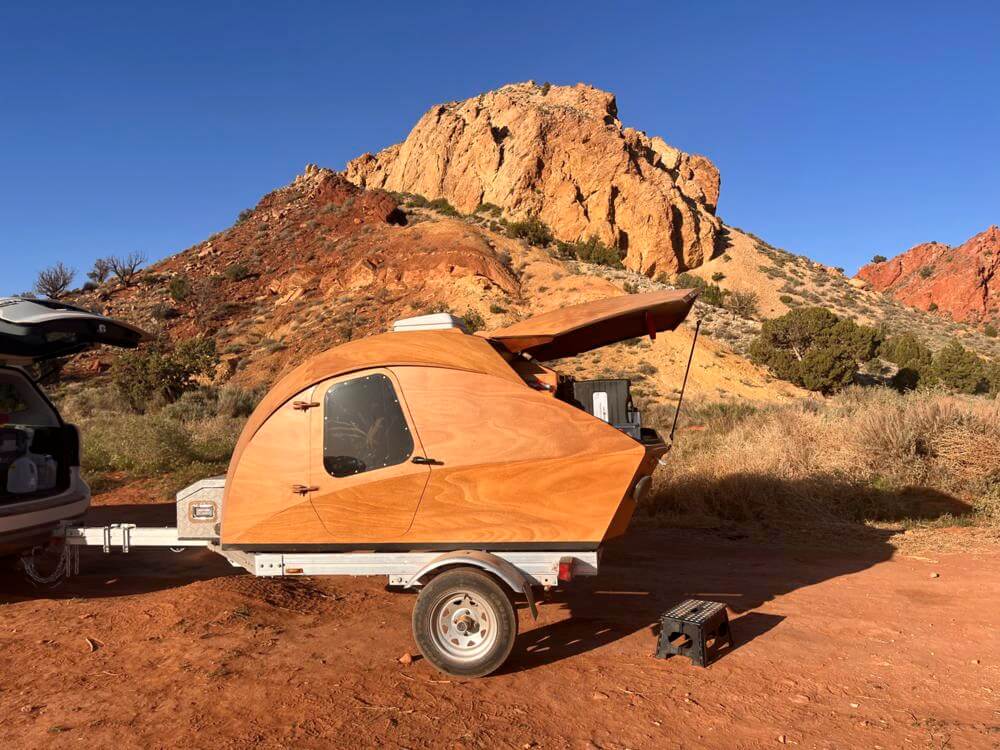
~ * ~
